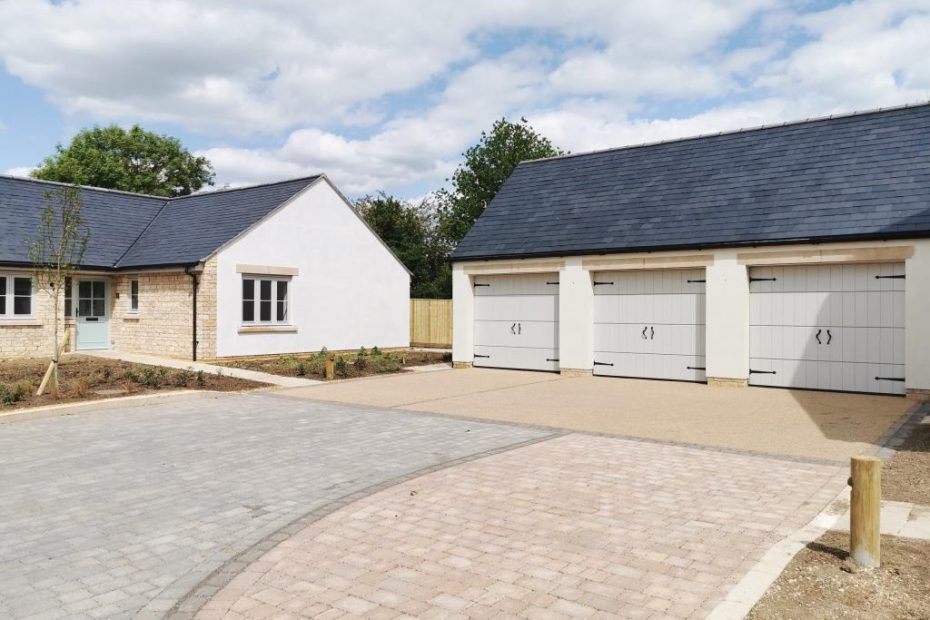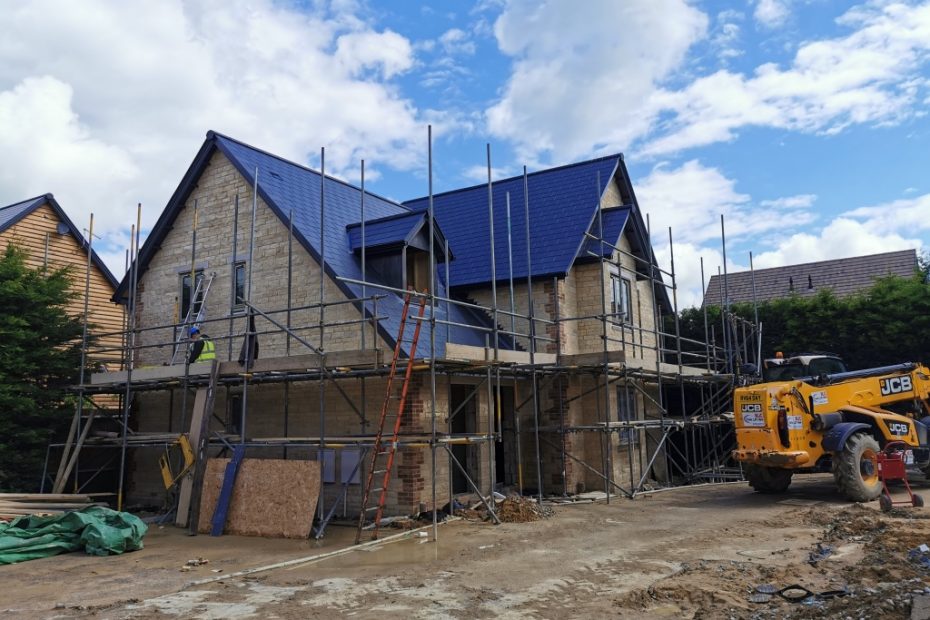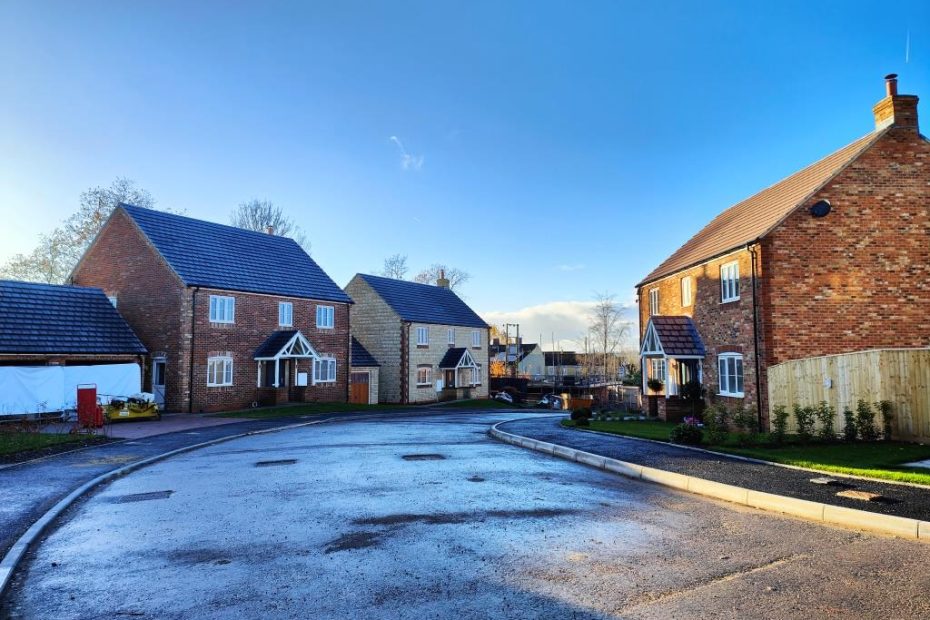Plastering & Drylining
What is Plastering?
Plastering is the process of covering rough walls and uneven surfaces internally within houses and other structures with a material called plaster to give a smooth surface to accept paint finishes. There are different types of plaster but effectively most plaster is a mixture of lime or gypsum and sand along with the required quantity of water. Once mixed correctly the plaster is applied either with a hawk and trowel, feather edge or can even be spray applied, and is then worked to the desired finish with trowels.
There are 2 main types of plaster:
Gypsum Based plaster: Gypsum based plaster is generally the standard on most modern houses as it is easily sourced and a very safe material to work with. Gypsum plaster can be used pretty much anywhere as long as breathability is not an issue.
Lime Based Plaster: Lime based plaster is traditional on older houses and used to be the standard many years ago. Lime plaster is very breathable and works well with older construction methods which generally incur higher moisture uptake than today’s construction methods. Lime based plaster can be dangerous to work with due to the corrosiveness of the lime which is one of the reasons it is not used much in today’s construction. The other issue is that the breathability has to be taken into account when choosing final finishes meaning breathable paints and adhesives must be used.
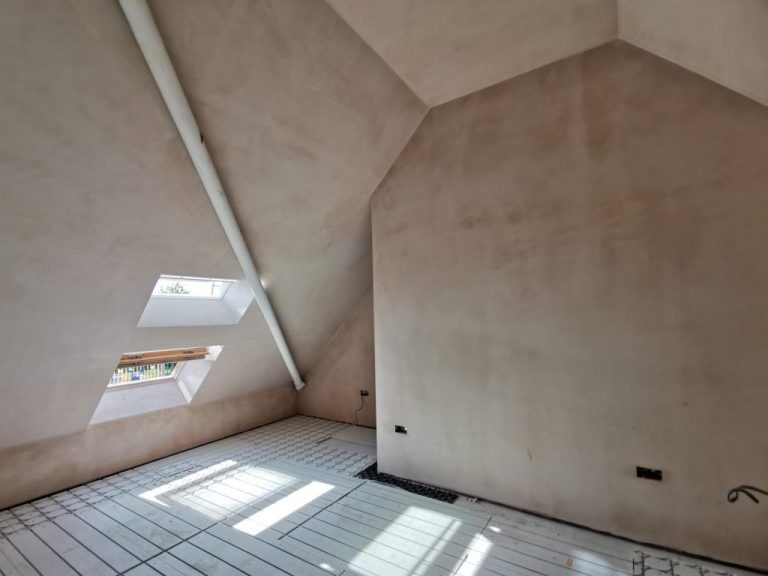
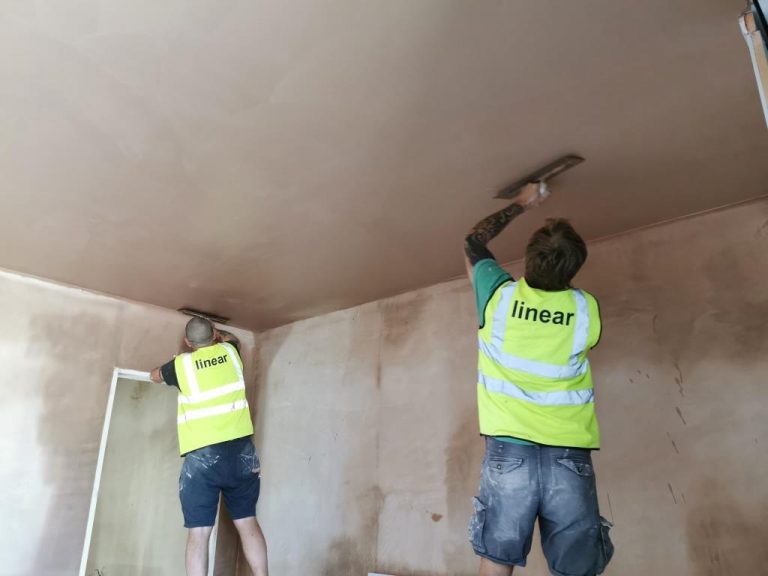
Our Plastering
At Linear Plastering we undertake all types of plastering and specialise in all traditional and modern plastering methods.
The types of plastering we undertake are:
- Skim Coat Plastering
- 2 Coat Wet Plastering (also called float and set plastering)
- Traditional Lath and Plaster
- Lime Conservation Plastering
- Roughcast Plastering (becoming increasingly popular)
- Polished plaster
From a sensitive listed property renovation to a large scale housing project Linear Plastering have the competence and passion to deliver excellent, uncompromising results every time, no matter the size of project.
What is Dry Lining?
Dry lining (sometimes referred to as drywalling) is a system for cladding the internal walls and ceilings within a building. Plasterboard is attached to the internal faces, either via plasterboard adhesive on Masonry walls, or using mechanical fixings on timber or metal studwork. Cladding walls in plasterboard creates a smooth, level, rapidly installed level surface ready for finishing. Once the boards have been installed they can then be finished with either Multi Finish skim plaster, jointing compound (known as tape and joint finish) or even coated in a specialist plaster as long as the correct surface treatment is used.
Dry lining is faster to apply than traditional two coat plaster on masonry walls meaning that it offers good cost savings.
Plasterboard is available in a wide range of lengths, widths, thicknesses and types to suit different purposes such as acoustic, fire or moisture resistance. Walls can also be dry lined in tile backing boards or cement boards to allow tiled finishes in bathrooms that do not absorb moisture.
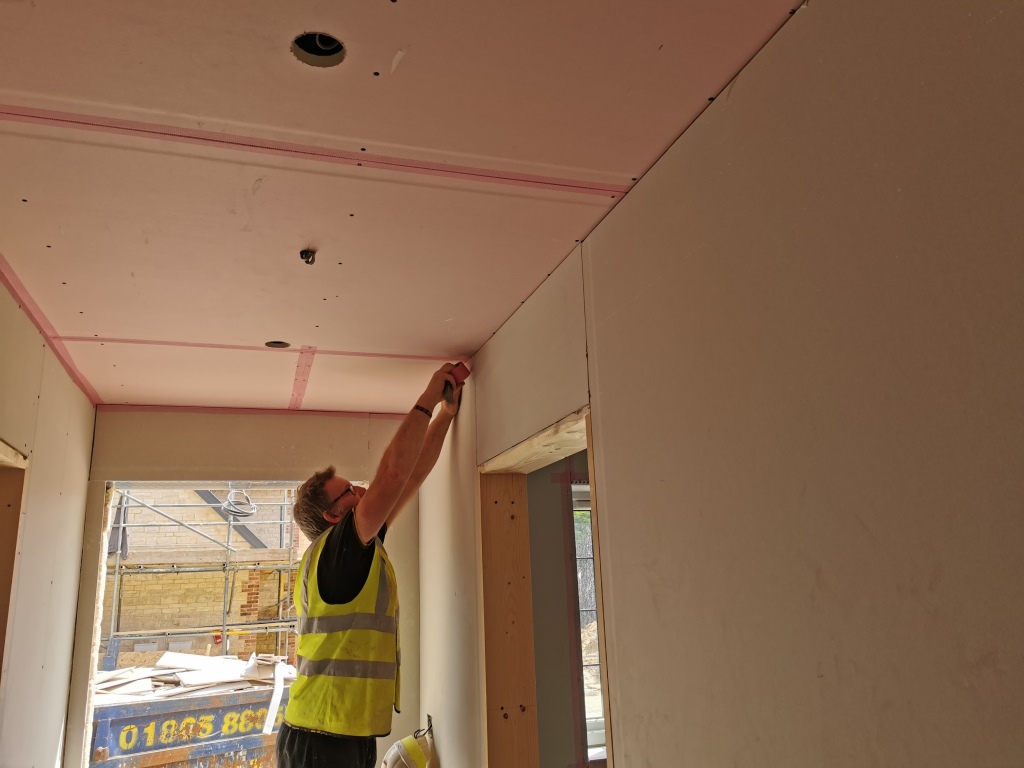
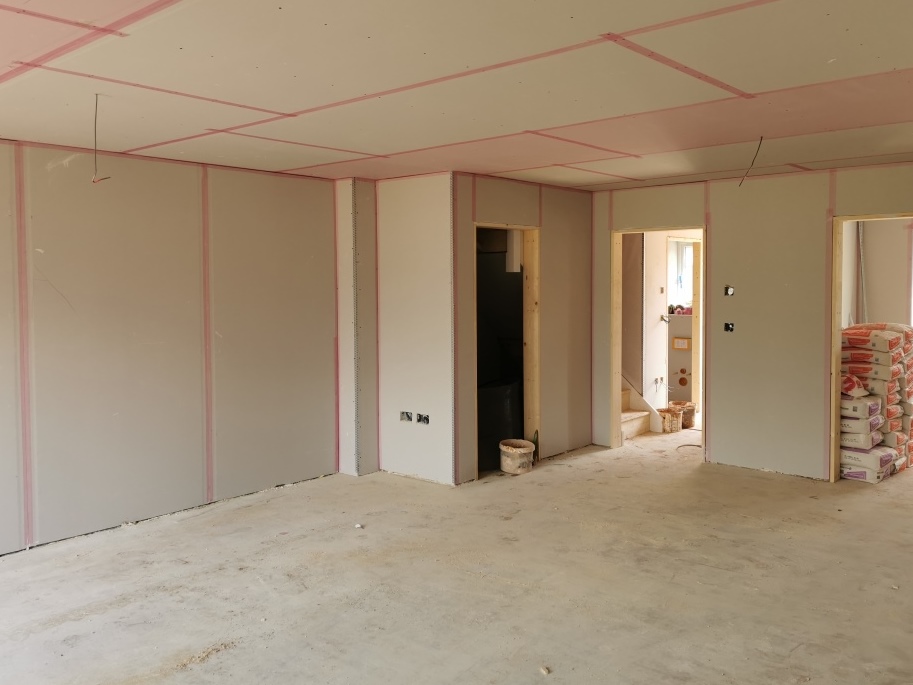
Our Drylining
At Linear Plastering we undertake all types of dry lining and internal cladding, although we specialise in plasterboard dry lining and skim.
Linear can construct solutions and offer assistance with:
- Fire protection
- sound mitigation
- Moisture Control
- Airightness
- Tile substrate boards
We are well versed in the current legislation and regulations surrounding internal wall linings and can offer solutions and advice to satisfy any requirement or situation on both domestic and commercial projects.
